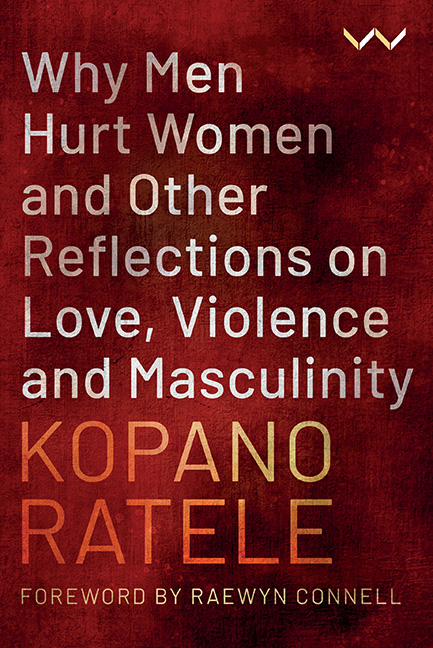17 - Violence wears many faces
Published online by Cambridge University Press: 24 November 2023
Summary
I have held back from defining violence up to now. Given that many equate violence with aggressive physical contact, this is a good point at which to bring forth other interpretations of it. And there are many. In the epigraphs to this second part of the book, three characterisations of violence were presented: one from an English dictionary, another from the World Health Organization (WHO), and the third from the field of peace studies. I will limit myself to considering these.
In the Oxford English Dictionary, violence as injury, or as damage-causative physical force, is prioritised, perhaps because this is the most common understanding of the concept. Rape is an example of this form of violence. Other examples include causing injury to a person with a sharp object like a knife, or a blunt instrument like a brick, slapping them, running them over with a vehicle, strangling them, kneeling on them, pushing them forcefully, or holding their face under water. This notion of non-fatal or fatal injury or damage to the body appears in the majority of definitions of violence. When the media report the number of people who have been killed or injured in a shooting attack or bomb explosion, the underpinning definition of violence is this.
The Oxford English Dictionary also includes something that is often referred to in media reports: damage to property. This notion of violence is, of course, tied to economistic views of property relations. It is a curious idea – unless one takes for granted the idea of private property. Anyhow, when you damage a building you are, from this perspective, not merely doing violence to the building, but by implication doing harm to the owner of the building.
It is the three other definitions offered by the Oxford English Dictionary that add something which is absent from many of the definitions that come to us when we commonly think of violence. In the first two of these, violence is equated with force, strength, intensity, fervour and passion. Most of these terms can also be positive. Intense emotion, for example, is taken as violent emotion.
- Type
- Chapter
- Information
- Publisher: Wits University PressPrint publication year: 2022



